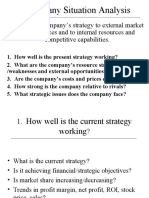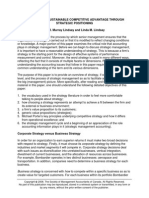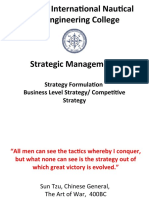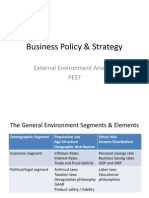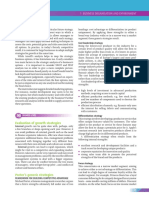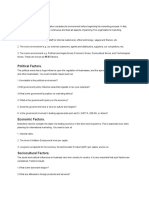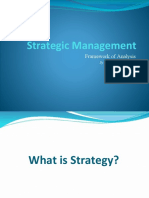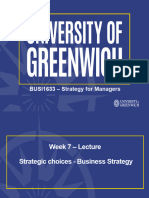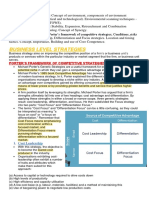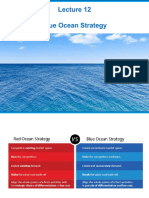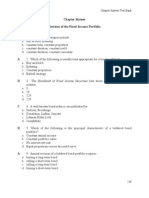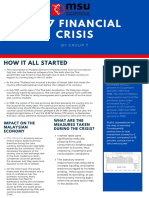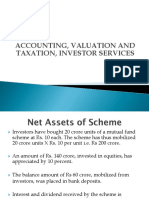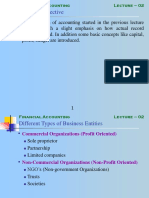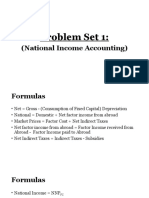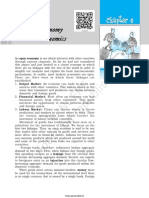0% found this document useful (0 votes)
72 views52 pagesLecture 5&6 Strategies For Competitive Advantage Methods of Strategic Development
This document discusses different strategies for achieving competitive advantage, including cost leadership, differentiation, and focus strategies. It describes Porter's generic strategies and presents the strategy clock as an alternative framework. Examples are given of where companies like McDonald's, Zara, and Apple would fall on these models. Evaluation methods for strategies are also introduced, such as Ansoff's matrix and assessing the suitability, acceptability, and feasibility of potential strategies.
Uploaded by
Natalia MatuCopyright
© © All Rights Reserved
We take content rights seriously. If you suspect this is your content, claim it here.
Available Formats
Download as PDF, TXT or read online on Scribd
0% found this document useful (0 votes)
72 views52 pagesLecture 5&6 Strategies For Competitive Advantage Methods of Strategic Development
This document discusses different strategies for achieving competitive advantage, including cost leadership, differentiation, and focus strategies. It describes Porter's generic strategies and presents the strategy clock as an alternative framework. Examples are given of where companies like McDonald's, Zara, and Apple would fall on these models. Evaluation methods for strategies are also introduced, such as Ansoff's matrix and assessing the suitability, acceptability, and feasibility of potential strategies.
Uploaded by
Natalia MatuCopyright
© © All Rights Reserved
We take content rights seriously. If you suspect this is your content, claim it here.
Available Formats
Download as PDF, TXT or read online on Scribd
/ 52


















